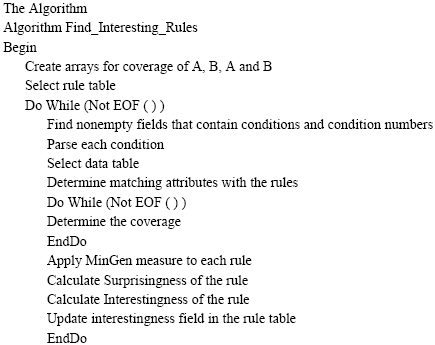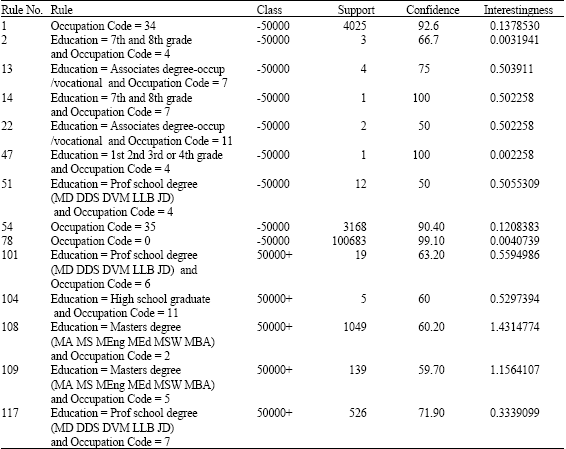Research Article
Measuring the Interestingness of Classification Rules
School of Information Technology, Rajiv Gandhi Technological University, Bhopal, MP, India
Swati Khare
School of Information Technology, Rajiv Gandhi Technological University, Bhopal, MP, India
Sudhir Sharma
School of Information Technology, Rajiv Gandhi Technological University, Bhopal, MP, India










